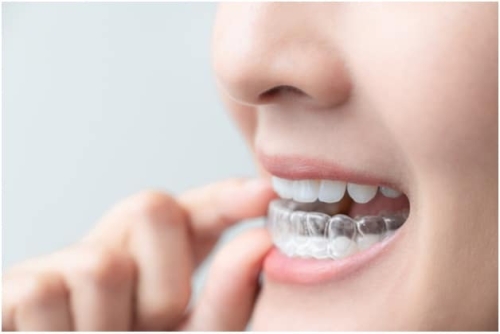Sex
Women are more prone to develop this venous condition to hormonal changes during or before pregnancy. They may also develop varicose veins due to menstrual period, or menopause might be the driving factor as female hormones are likely to relax vein valves. Hormone-influencing treatments such as birth control pills may increase the risk of varicose veins.
AgeThe vein valves that help control blood flow deteriorate with age. Once the valves wear down, some blood can eventually returns to the veins and collect there.
PregnancyDuring pregnancy, the blood volume in our body increases, and this change supports the growing baby but also enlarges the veins in our legs.
Family historyIf the other family members had varicose veins, there's a greater chance for you to develop them.
Are there any complications with varicose veins?It is rare to have complications with varicose veins, but still, it may include
Blood clotsOccasionally, veins present deep within the legs become enlarged and may cause swelling and leg pain. You should seek medical attention for persistent swelling and leg pain because it can signify a blood clot.
UlcersPainful and problematic ulcers can develop on the skin near varicose veins, particularly near the ankles. Usually, a discolored spot begins to set before the ulcer forms. Immediately visit your health care provider if you think you've developed a leg ulcer.
BleedingUsually, veins close to the surface of the skin burst. Although it usually causes minor bleeding, it requires medical attention.
What is the difference between a spider and varicose veins?Despite different appearances, varicose and spider veins are both forms of venous illness. Varicose veins are much larger and thicker than spider veins, and they are near the skin's surface and resemble red or blue spider webs or tree branches. Typically, spider veins are not unpleasant. They can appear or develop anywhere on your body, most frequently on your face, foot, or behind your knees. You typically see varicose veins on your legs and feet.
How do they make a diagnosis of varicose veins?Your skin's surface is where varicose veins are located and visible. During a physical examination, medical professionals can make a diagnosis of the illness. While you are seated or standing, they will check and feel your veins. Your doctor could suggest an ultrasound to get clear pictures of your veins and look for any issues. They use sound waves in this risk-free, painless test to create images of the tissues inside your body. You can see the blood clots and your valves' functionality on ultrasounds.
When should I consult with my doctor regarding varicose veins?When to see a Vascular Doctor? Even though varicose veins are typically not harmful, you should still examine your vascular surgeon. Treatments may be helpful if you're self-conscious about the appearance of your varicose veins or find them bothersome. The skin or veins should be examined by your doctor as soon as possible if they are:
Bleeding. Discolored. Red, uncomfortable, or heated to the touch. Swollen. ConclusionWe hope the above-provided information will help you gain valuable insight regarding varicose vein treatment. For more information about varicose veins and their treatment, please visit veintreatmentnj.com.
Article Source : https://www.ihealthytips.com/what-risk-factors-associates-with-varicose-veins/












